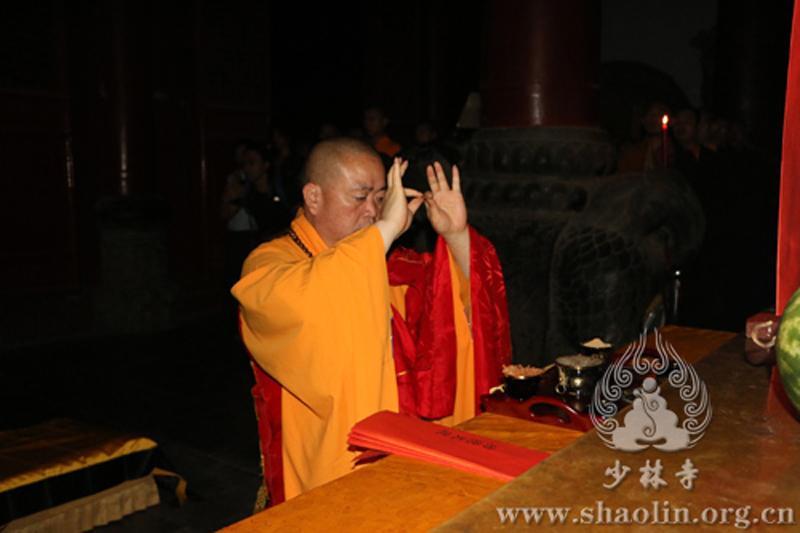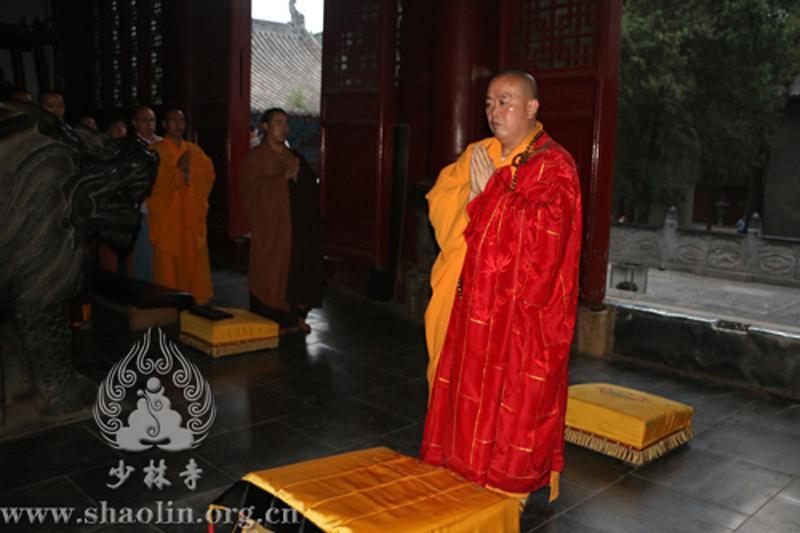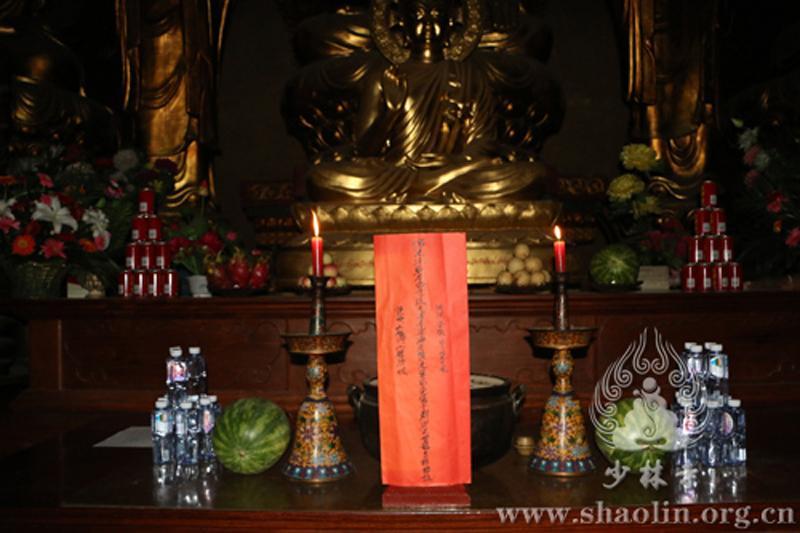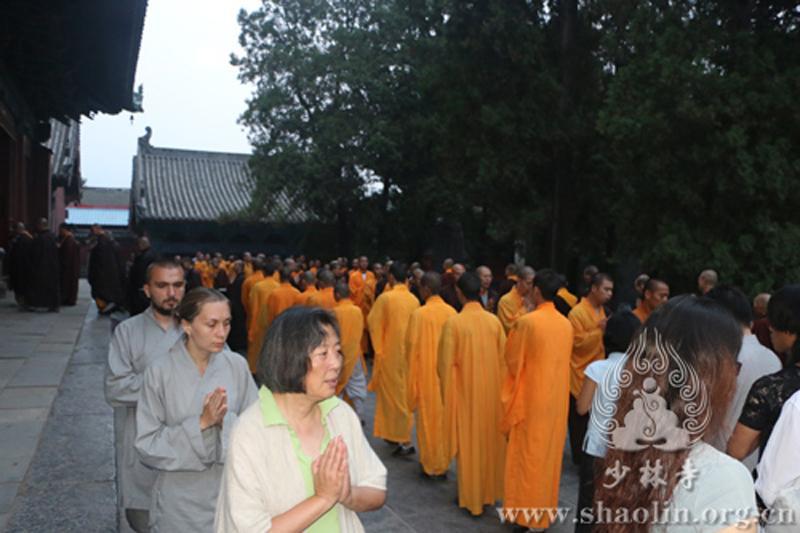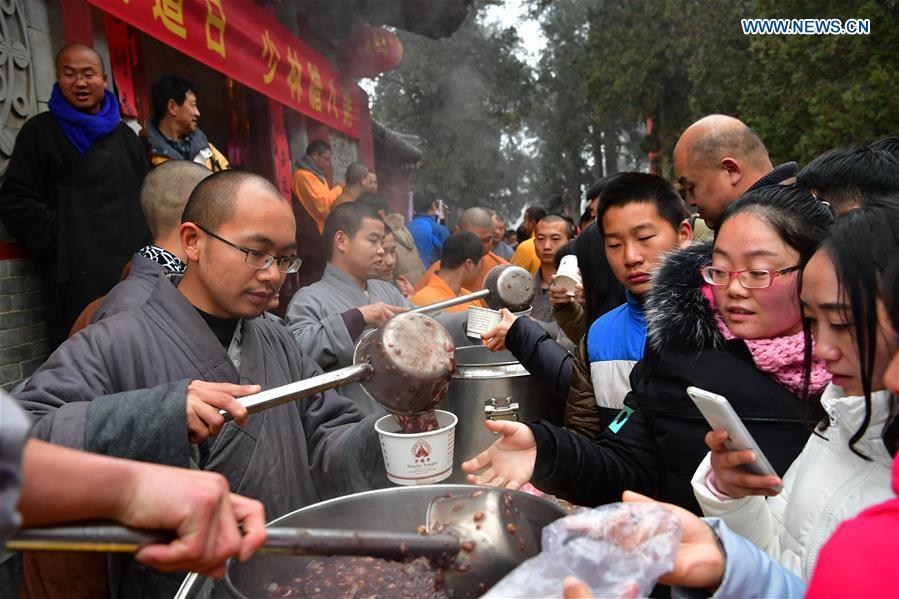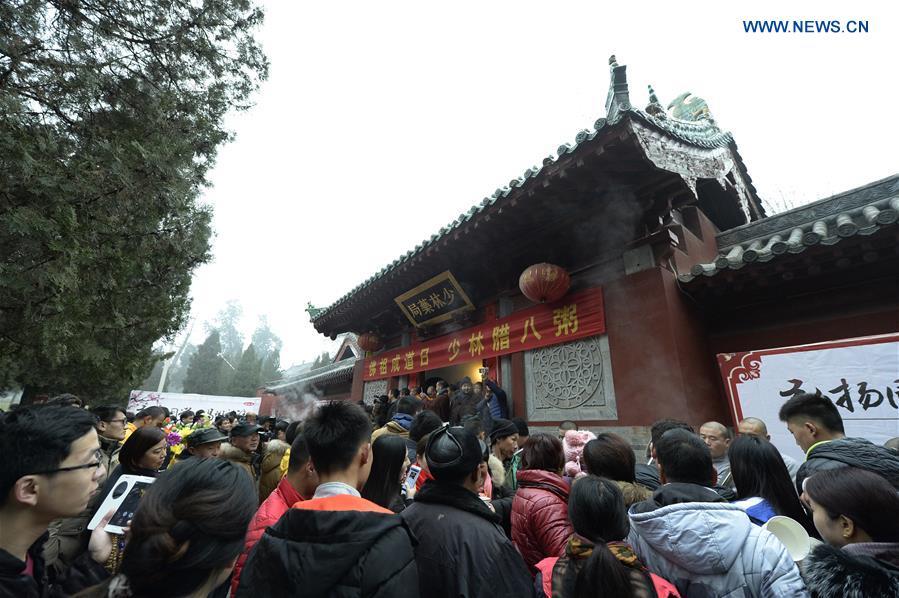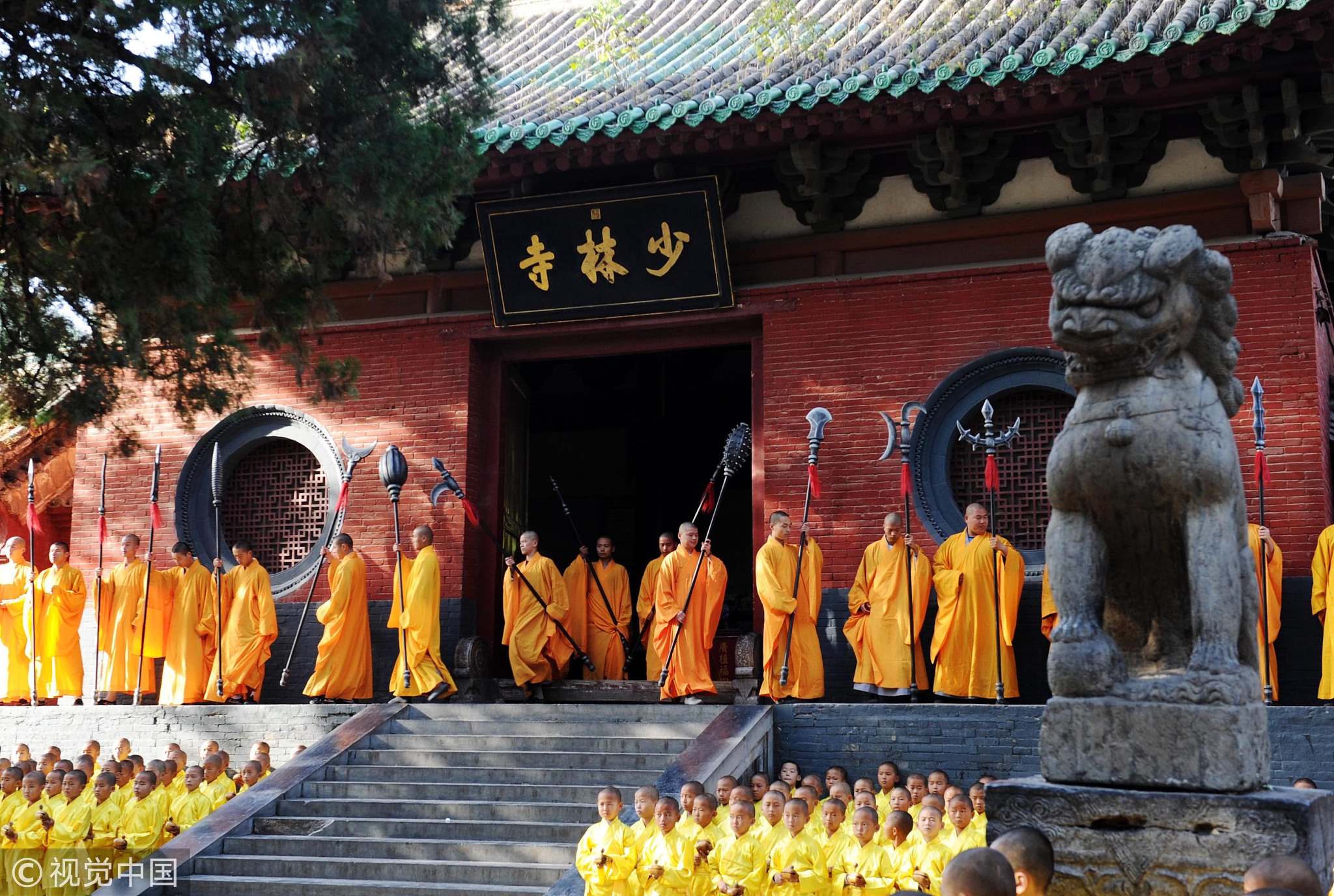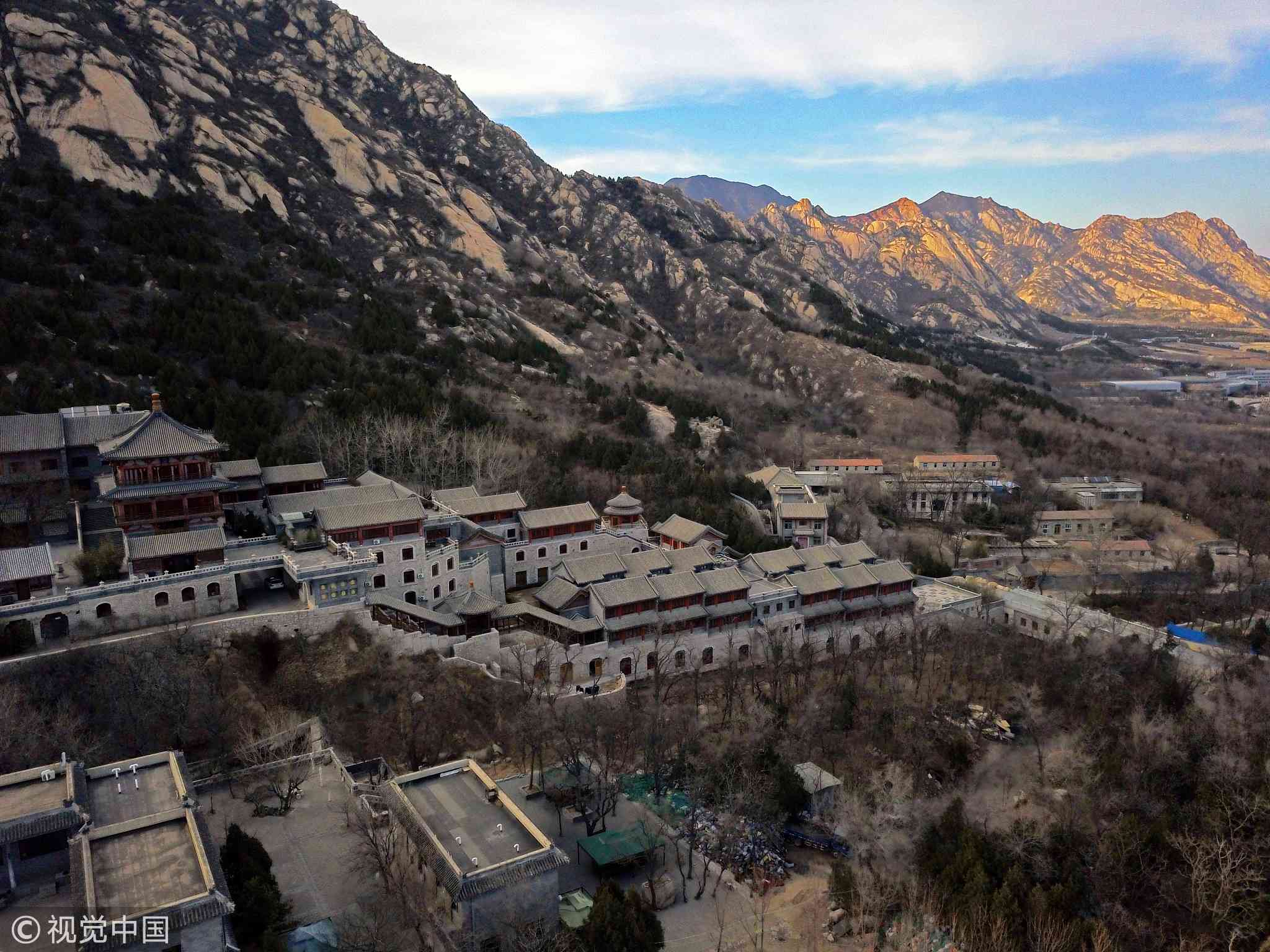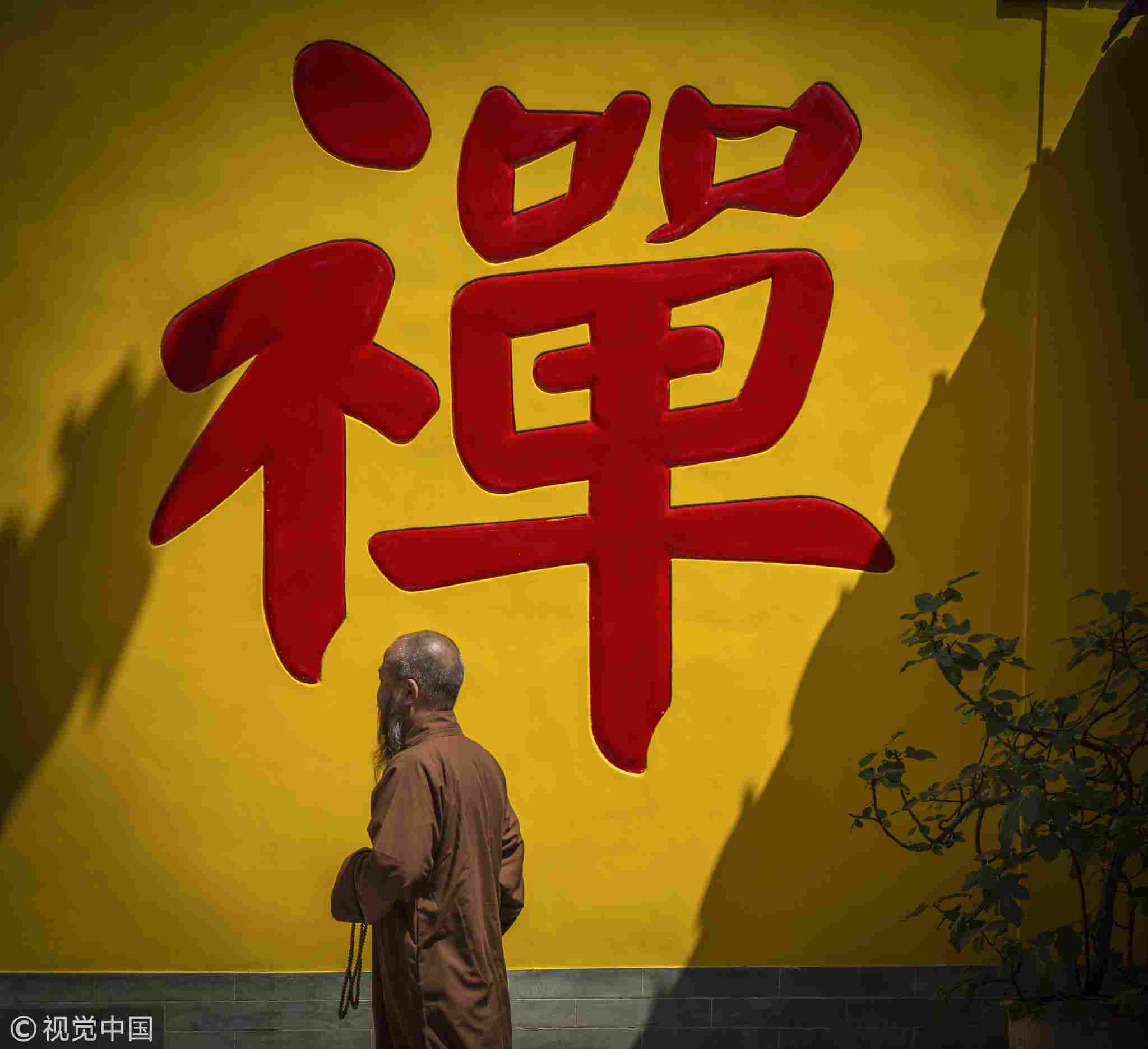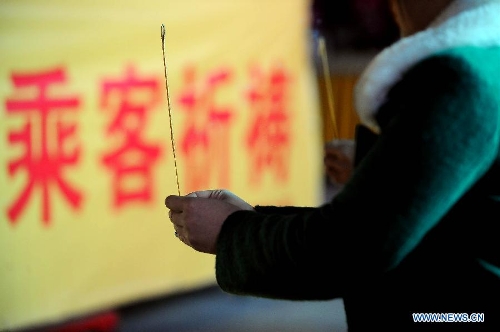The decline and fall of Chinese Buddhism: how modern politics and fast money corrupted an ancient religion
Mimi Lau
South China Morning Post 20 September 2018

When filmmakers descended on China’s ancient Shaolin Monastery to make the 1986 box office hit Martial Arts of Shaolin starring Jet Li, they were shocked to find no monks.
The 1,500-year-old monastery, in the Song Mountains in Henan province, is renowned as the cradle of Chan Buddhism but decades of neglect and oppression had taken their toll.
The monastery’s reputation as a centre for kung fu had remained intact but the Buddhist practice behind the martial art had vanished, according to former Hong Kong actress Mary Jean Reimer.
“It was occupied by peasant-style security guards. Even the incense burners were sealed with boards,” said Reimer, a Buddhist devotee who was at Shaolin with her director husband Lau Kar-leung.
Reimer said the monks in the film were all played by martial arts practitioners. Many of them continued performing for temple visitors after the film became a hit, even though few, if any, of them followed any Buddhist discipline, she said.

The hollow core at the monastery reflected the appalling state of Buddhist institutions throughout the country, a decline that continues today as the centuries-old tradition is dogged by corruption scandals and a dearth of internationally recognised spiritual leaders.
But while the religion is ancient, observers say, the roots of the rot are more recent – religious oppression and political interference under communist rule.
SCANDAL
One of the most startling alleged cases of corruption emerged just last month and centred on 52-year-old Shi Xuecheng, the head of the Buddhist Association of China and abbot of the well-known Longquan Temple in Beijing.
He stepped down amid public uproar after accusations surfaced as part of the #MeToo movement that he had sexually harassed female disciples via text messages. A 95-page document posted online also alleged that he built temples without official permits and mishandled temple funds.
The response from the authorities was swift – Shi Xuecheng faces disciplinary action from the association, the state-sanctioned religious organisation, for “violating Buddhist principles”.
Professor Zhe Ji, of the Paris-based Institut National des Langues et Civilisations Orientales, said he welcomed the prompt investigation of the abbot’s case but regretted the lack of transparent and rational discussion in getting to the causes of the chaos in Buddhism in China today.

“It involves questions about the fundamental power structure of religious authority,” Ji said.
“Officially endorsed Buddhist leaders basically control how Buddhism is organised. They are powerful politically but lack religious legitimacy among believers.
“Like Xuecheng [for example], he was the head of the Buddhist Association of China but has not been regarded as a respectable religious figure since his early days in Shanghai. It is hard for genuinely influential religious figures to rise up when the positions of religious leaders are decided by politics.”
According to official data, there are more than 240,000 Buddhist clerics in China, with more than half of them Tibetan Buddhists. About 100,000 Han Buddhist monks live in 28,000 monasteries while the rest are monks from the Theravada school, mostly living in Yunnan and Guangxi provinces in the country’s southwest.

But in recent years, mainland China has not produced Buddhist spiritual leaders of global stature known for their wisdom, benevolence and compassion.
In contrast, Taiwan has many eminent monks such as Master Hsing-Yun and Master Sheng-Yen whose teachings are influential around the world.
According to Dr Tsui Chung-hui from University of Hong Kong’s Centre of Buddhist Studies, the “transitional” problems associated with contemporary Chinese Buddhism are partly due to the legacy of oppression during the Cultural Revolution.
“Taiwan was lucky to be able to preserve the virtuous values of Confucius, Taoism and Buddhism [when the island broke away from the mainland after the civil war], giving Buddhism room to grow,” Tsui said.
That break occurred in 1949, when Buddhism and other faiths were demonised as counter-revolutionary ideologies under communist rule on the mainland.
“After 1949, Buddhism experienced a tremendous crisis on all fronts, from religious doctrine, organisation, to funding. Many of the problems today are rooted in the socialist reforms of the 1950s,” Ji said.
The oppression reached a peak during the turmoil of the Cultural Revolution, when there was widespread persecution of Buddhists and destruction of temples.
But while it has since eased, Chinese Buddhism has not flourished, continuously criticised for a series of problems such as commercialisation and corruption.
Observers say political interference still plays a big part in that downfall by undermining spiritual authority and stifling religious freedom.
Under President Xi Jinping, local religions such as Chinese Buddhism receive state support to promote traditional culture and faith as well as China’s soft power.
The mainland’s official religious leaders are endorsed by the party state with a mission to unite believers to be patriotic and disseminate religious teachings along core patriotic values.
All faith-based religious groups in China, including 41 Buddhism studies institutes across the nation, are also monitored by the State Administration of Religious Affairs.
In March the Communist Party further strengthened its control over religion by folding the administrative body into the United Front Work Department.




 Reply With Quote
Reply With Quote

